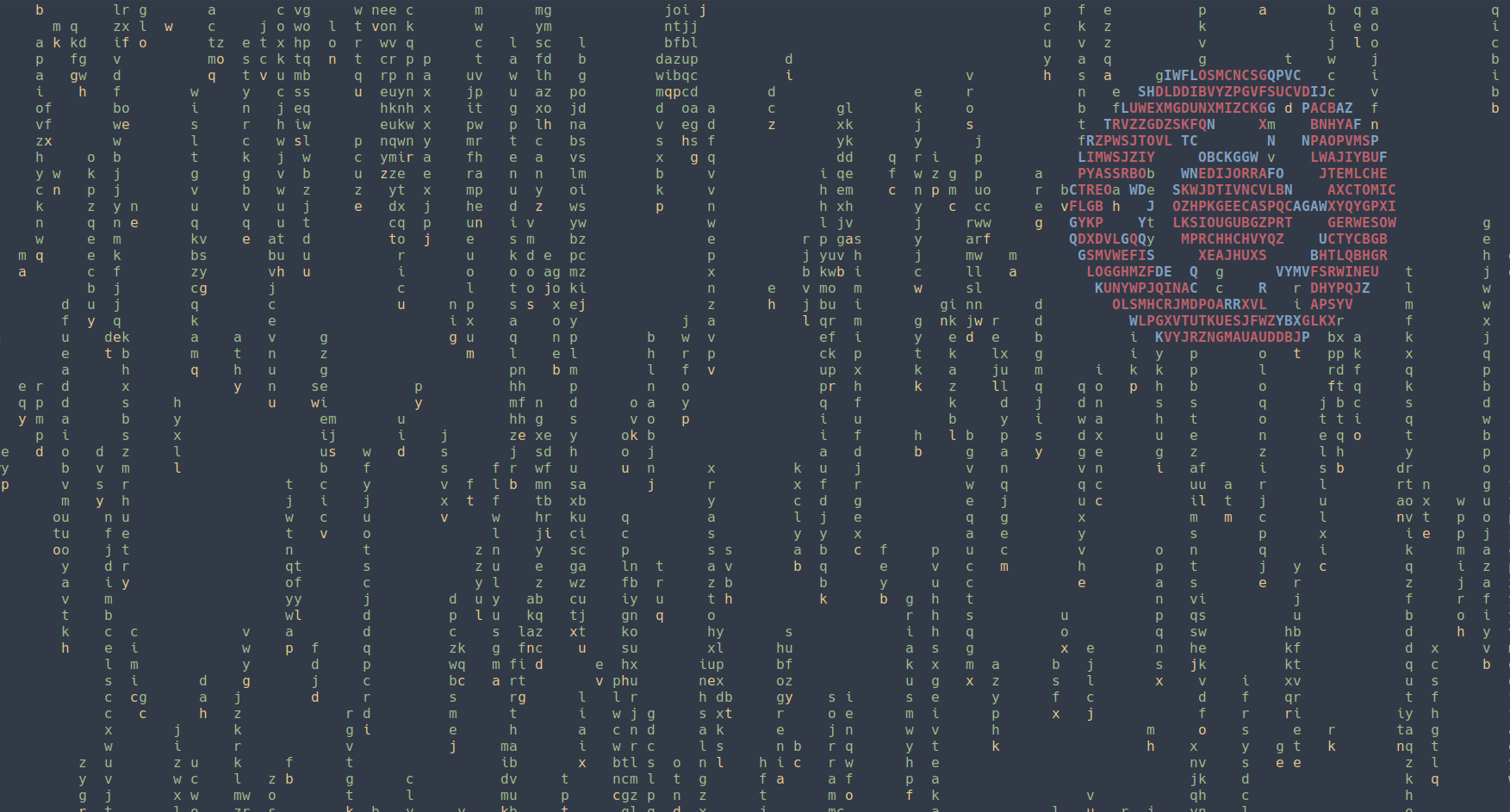edit: solved lol
When I run Cheese, the inbuilt webcam light flashes for an instant then stops. Assuming Cheese opens correctly, it never successfully shows the webcam feed. Cheese worked prior to update. ( Zoom webcam fails too D: )
setup
Arch Linux, kernel 6.11.5-arch-11, Hyprland v0.44.1 (pipewire 1.2.6) on a hybrid Nvidia+Intel Lenovo laptop.
$ lsusb
Bus 001 Device 001: ID 1d6b:0002 Linux Foundation 2.0 root hub
Bus 001 Device 002: ID 25a7:fa23 Areson Technology Corp 2.4G Receiver
Bus 001 Device 004: ID 8087:0a2b Intel Corp. Bluetooth wireless interface
Bus 001 Device 005: ID 138a:0094 Validity Sensors, Inc.
Bus 001 Device 033: ID 13d3:5673 IMC Networks EasyCamera
Bus 002 Device 001: ID 1d6b:0003 Linux Foundation 3.0 root hub
$ v4l2-ctl --list-devices
EasyCamera: EasyCamera (usb-0000:00:14.0-5):
/dev/video0
/dev/video1
/dev/media0
packages
I'm up-to-date.
$ yay -Q |egrep -i 'gstreamer|video|cam|media|mtp'
fswebcam 20200725-1
gnome-video-effects 1:0.6.0-2
gst-plugin-libcamera 0.3.2-1
gstreamer 1.24.8-1
gstreamer-vaapi 1.24.8-1
guvcview 2.1.0-4
guvcview-common 2.1.0-4
gvfs-mtp 1.56.1-1
haskell-http-media 0.8.1.1-18
intel-media-driver 24.3.3-1
libcamera 0.3.2-1
libcamera-ipa 0.3.2-1
libmtp 1.1.21-2
media-player-info 26-1
perl-lwp-mediatypes 6.04-6
pipewire-libcamera 1:1.2.6-1
# qt omitted
xf86-video-intel 1:2.99.917+923+gb74b67f0-2
tried apps
Tried cheese and fswebcam, among a few others (logs are too long to fit)
$ cheese
cheese
(cheese:53011): Gdk-WARNING **: 11:41:45.977: Native Windows taller than 65535 pixels are not supported
[0:56:26.030577084] [53011] ERROR IPAModule ipa_module.cpp:171 Symbol ipaModuleInfo not found
[0:56:26.030591748] [53011] ERROR IPAModule ipa_module.cpp:291 v4l2-compat.so: IPA module has no valid info
[0:56:26.030607425] [53011] INFO Camera camera_manager.cpp:325 libcamera v0.3.2
(cheese:53011): GStreamer-CRITICAL **: 11:41:46.096: gst_structure_get_value: assertion 'structure != NULL' failed
[0:57:26.270746293] [53011] ERROR IPAModule ipa_module.cpp:171 Symbol ipaModuleInfo not found
[0:57:26.270790988] [53011] ERROR IPAModule ipa_module.cpp:291 v4l2-compat.so: IPA module has no valid info
[0:57:26.270850259] [53011] INFO Camera camera_manager.cpp:325 libcamera v0.3.2
[0:57:26.432615229] [53061] INFO Camera camera.cpp:1197 configuring streams: (0) 640x480-MJPEG
[0:57:26.449271361] [53574] ERROR V4L2 v4l2_videodevice.cpp:1931 /dev/video0[450:cap]: Failed to start streaming: Protocol error
[0:57:26.449379043] [53574] ERROR V4L2 v4l2_videodevice.cpp:1266 /dev/video0[450:cap]: Unable to request 0 buffers: No such device
(cheese:53011): cheese-WARNING **: 11:42:46.537: Failed to start the camera: Protocol error: ../libcamera/src/gstreamer/gstlibcamerasrc.cpp(680): gst_libcamera_src_task_enter (): /GstCameraBin:camerabin/GstWrapperCameraBinSrc:camera_source/GstBin:bin37/GstLibcameraSrc:libcamerasrc0:
Camera.start() failed with error code -71
(cheese:53011): Clutter-CRITICAL **: 11:42:48.119: Unable to create dummy onscreen: No foreign surface, and wl_shell unsupported by the compositor
$ fswebcam -v
***
Opening /dev/video0...
Trying source module v4l2...
/dev/video0 opened.
src_v4l2_get_capability,91: /dev/video0 information:
src_v4l2_get_capability,92: cap.driver: "uvcvideo"
src_v4l2_get_capability,93: cap.card: "EasyCamera: EasyCamera"
src_v4l2_get_capability,94: cap.bus_info: "usb-0000:00:14.0-5"
src_v4l2_get_capability,95: cap.capabilities=0x84A00001
src_v4l2_get_capability,96: - VIDEO_CAPTURE
src_v4l2_get_capability,107: - STREAMING
No input was specified, using the first.
src_v4l2_set_input,185: /dev/video0: Input 0 information:
src_v4l2_set_input,186: name = "Camera 1"
src_v4l2_set_input,187: type = 00000002
src_v4l2_set_input,189: - CAMERA
src_v4l2_set_input,190: audioset = 00000000
src_v4l2_set_input,191: tuner = 00000000
src_v4l2_set_input,192: status = 00000000
src_v4l2_set_pix_format,523: Device offers the following V4L2 pixel formats:
src_v4l2_set_pix_format,532: 0: [0x47504A4D] 'MJPG' (Motion-JPEG)
src_v4l2_set_pix_format,532: 1: [0x56595559] 'YUYV' (YUYV 4:2:2)
Using palette MJPEG
Adjusting resolution from 384x288 to 424x240.
src_v4l2_set_mmap,675: mmap information:
src_v4l2_set_mmap,676: frames=4
src_v4l2_set_mmap,725: 0 length=203520
src_v4l2_set_mmap,725: 1 length=203520
src_v4l2_set_mmap,725: 2 length=203520
src_v4l2_set_mmap,725: 3 length=203520
Error starting stream.
VIDIOC_STREAMON: Protocol error
Unable to use mmap. Using read instead.
Unable to use read.
logs
$ journalctl -b-0
# some stuff removed for post character limit
pipewire[1028]: spa.v4l2: '/dev/video0' VIDIOC_STREAMON: Protocol error
pipewire[1028]: pw.node: (v4l2_input.pci-0000_00_14.0-usb-0_5_1.0-78) suspended -> error (Start error: Protocol error)
kernel: usb 1-5: USB disconnect, device number 50
pipewire[1028]: spa.v4l2: VIDIOC_REQBUFS: No such device
kernel: usb 1-5: new high-speed USB device number 51 using xhci_hcd
kernel: usb 1-5: New USB device found, idVendor=13d3, idProduct=5673, bcdDevice=16.04
kernel: usb 1-5: New USB device strings: Mfr=3, Product=1, SerialNumber=2
kernel: usb 1-5: Product: EasyCamera
kernel: usb 1-5: Manufacturer: AzureWave
kernel: usb 1-5: SerialNumber: 0001
kernel: usb 1-5: Found UVC 1.00 device EasyCamera (13d3:5673)
mtp-probe[66565]: checking bus 1, device 51: "/sys/devices/pci0000:00/0000:00:14.0/usb1/1-5"
mtp-probe[66565]: bus: 1, device: 51 was not an MTP device
mtp-probe[66599]: checking bus 1, device 51: "/sys/devices/pci0000:00/0000:00:14.0/usb1/1-5"
mtp-probe[66599]: bus: 1, device: 51 was not an MTP device
kernel: usb 1-5: USB disconnect, device number 51
kernel: usb 1-5: new high-speed USB device number 52 using xhci_hcd
kernel: usb 1-5: New USB device found, idVendor=13d3, idProduct=5673, bcdDevice=16.04
kernel: usb 1-5: New USB device strings: Mfr=3, Product=1, SerialNumber=2
kernel: usb 1-5: Product: EasyCamera
kernel: usb 1-5: Manufacturer: AzureWave
kernel: usb 1-5: SerialNumber: 0001
kernel: usb 1-5: Found UVC 1.00 device EasyCamera (13d3:5673)
$ sudo dmesg
[ 5248.449913] usb 1-5: USB disconnect, device number 50
[ 5248.842621] usb 1-5: new high-speed USB device number 51 using xhci_hcd
[ 5249.025592] usb 1-5: New USB device found, idVendor=13d3, idProduct=5673, bcdDevice=16.04
[ 5249.025612] usb 1-5: New USB device strings: Mfr=3, Product=1, SerialNumber=2
[ 5249.025620] usb 1-5: Product: EasyCamera
[ 5249.025626] usb 1-5: Manufacturer: AzureWave
[ 5249.025632] usb 1-5: SerialNumber: 0001
[ 5249.030816] usb 1-5: Found UVC 1.00 device EasyCamera (13d3:5673)
[ 5259.873533] usb 1-5: USB disconnect, device number 51
[ 5260.268988] usb 1-5: new high-speed USB device number 52 using xhci_hcd
[ 5260.454354] usb 1-5: New USB device found, idVendor=13d3, idProduct=5673, bcdDevice=16.04
[ 5260.454371] usb 1-5: New USB device strings: Mfr=3, Product=1, SerialNumber=2
[ 5260.454378] usb 1-5: Product: EasyCamera
[ 5260.454384] usb 1-5: Manufacturer: AzureWave
[ 5260.454389] usb 1-5: SerialNumber: 0001
[ 5260.460370] usb 1-5: Found UVC 1.00 device EasyCamera (13d3:5673)
Any help appreciated! ^_^
Solution: It fixed itself after like 15 power cycles. Easy peasy

